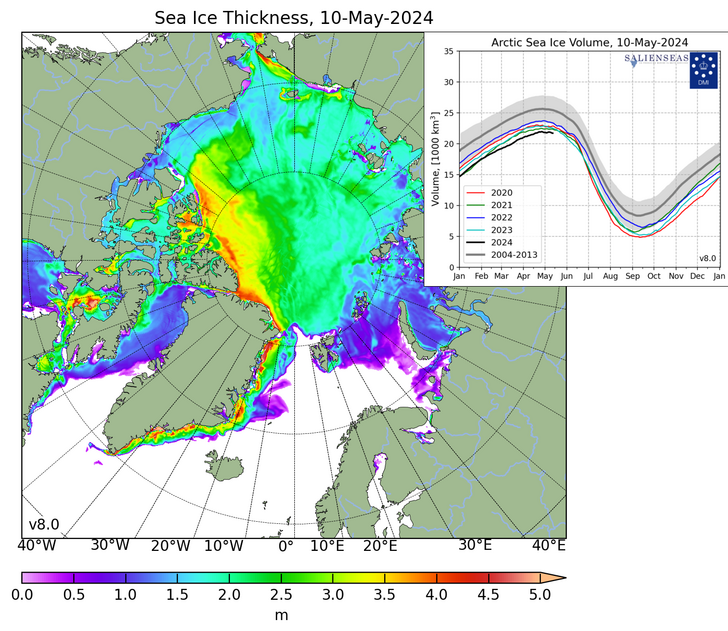It might be too little, too late. Well not so much too little, -50 °C is cold but it is so late in the season that Russia's Northern Sea Route ice is around a half-metre (19 inches) behind where you would like it to be as we approach the New Year. See links after the jump.
From the Barents Observer, December 29:
The year is coming to a close with temperatures down to minus 50 °C in parts of northern Siberia.
Temperatures have been extreme in the Arctic all through 2020. But not in the low end of the thermometer. As a matter of fact, heat records have come one after another across the vast northern region.
The abnormal weather situation culminated in November and early December with average temperatures reaching 10-15 °C above normal in major parts of the Russian Arctic.
However, as if in a last counter offensive, a wounded Arctic in late December hit back with a freeze harsher than far below normal.
According to Russia’s weather research institute Roshydromet, the temperatures in several places in Siberia have now dropped to record lows.
In the northern parts of the Krasnoyarsk region, the cold is in the days 29-31 December expected to descend to minus 48-50 °C. That extreme cold has persisted in the Taymyr Peninsula and Yamal for almost a week. In Igarka, the small town on the Yenisey river, the night-time temperature on the 25th December was between minus 45-50 °C and the same goes for the northern and eastern parts of the Yamal-Nenets region, Roshydromet informs....
....MUCH MORE
Here's Ventusky with temperatures and wind directions at two metre height. Without Siva, the streetwise Hindu boy (CalTech post doc) to assist, I've forgotten how to embed without destroying the public facing side of the blog so here's the link, focused on the extreme Northern Hemisphere.
Note Greenland and Svalbard temperatures, far warmer than you would want for maximum ice creation.
Finally, from the Danish Meteorological Institute, the ice pack in metres, tying all this together:
